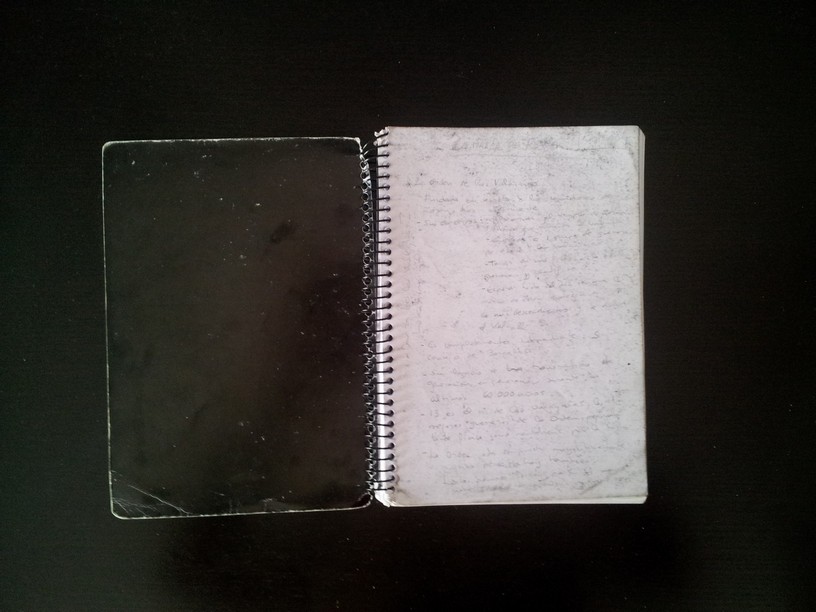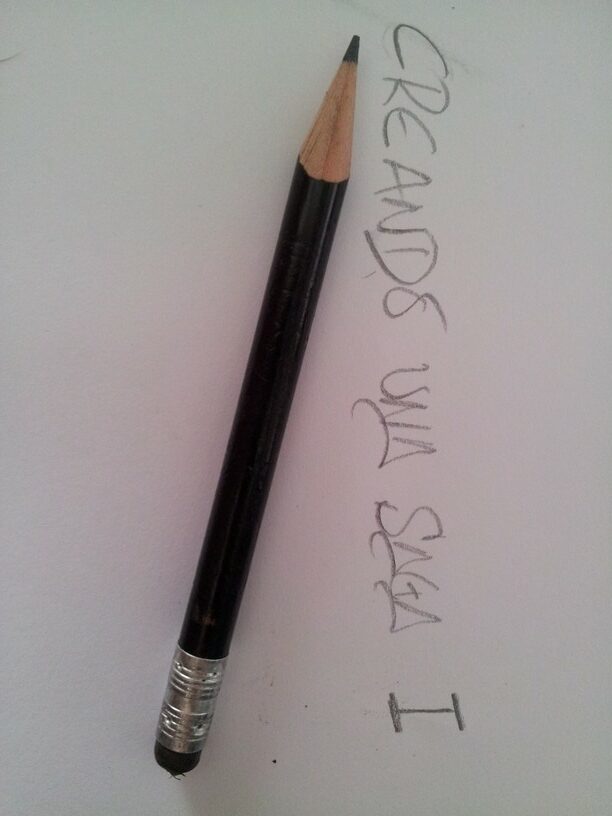Today I begin a new subseries of installments, within the series of Behind the Mark of Odin dedicated to the creation process of this fantastic fiction saga in which I mix the most current reality with Norse mythology and science fiction. All of them from a creative point of view and as a writer, so that you can learn a little better about how the complex and extensive universe of ‘The Mark of Odin’ was born.
In this first installment I want to focus on the origin of everything, on how the moment in which the spark of ‘Mark of Odin’ arose and how I approached its creation from the point of view of a writer. Surely many of you have wondered how book ideas come about, what process authors follow to write their books. Today I will give you my particular vision of this topic.
When facing a project of these characteristics, one must be very clear that it is much more complex than writing a book as is. When we talk about a saga, we are talking about an extensive story, a plot with numerous ramifications and a complexity that must increase as it progresses. It’s not about having an idea and starting to write and seeing what comes out. It must go much further.
In my case, it all started with a vision of the city of Seville and its sky. A vision in which I saw a scene that hit me with great force and intensity. That event generated an inspiration in me that I had not experienced for a long time and I began to write and think about it. What could have happened to get to that point? What could happen after that scene? I soon understood that I was facing a great story that grew bigger and bigger every day and that required all my energy and vision to spin it. In fact, during the first two years I dedicated myself exclusively to writing loose fragments, both in my draft notebook and on the computer, and documenting and researching how to give them a coherent form. When I began to have a global vision of what I was doing, I realized that I was facing a huge project, a literary saga more than an idea for an independent book.
It is at that moment when one understands that more than being clear about the beginning of the story, the end must be assured. What is the final objective you want to reach. In my case, I started as a starting point with an intermediate point in what the story would be. I needed to glimpse its origin, but also, what its end would be. And once I achieved it, I had to be able to spin fine threads to be able to join them elegantly and make everything fit together.

I had a very clear story, with very specific characters, but I understood that for their exploits to be credible, for their story to be consistent, before focusing on it I had to create the entire universe in which it was embedded. J.R.R. is very much to blame for this. Tolkien, one of my great influences. As most of you know, the Lord of the Rings trilogy is nothing more than one of the last, and shortest, chapters of the Silmarilion, the great compendium in which the entire history of Middle-earth and its world is brought together. A work that he did not finish during his lifetime, but that his son finished to a greater or lesser extent.
This is how during this first stage of creation I focused on shaping the universe. The main step was to create and specify about 60,000 years of two-way history. Firstly, ours, the one that we all know, or think we know. And on the other hand, another story, lost in time, but which has great importance in the saga. You can find a clue in the prologue of the book with “Somewhere in the northwest of Norway. 60,000 years ago.”
I have to confess that it has been a titanic task. Knowing that much of the material I have written and created may never see the light of day, it may never be talked about directly. But it is necessary because it gives a context, a creative richness that it would not otherwise have. It also allows us to ensure agreement with what is narrated and give a sense of where we want to go. On the other hand, it is also an almost infinite source of stories, content, with which to extend the universe beyond the main story. After all, what is told in ‘The Mark of Odin: The Awakening’ is nothing more than the tip of the iceberg. An iceberg that we will discover better as you read the following books and all the extended content.
With this I conclude this first chapter, I hope you found it interesting and I will warn you that others will follow focused on more aspects related to the creation of the ‘Mark of Odin’ saga, such as the location selection process, its characters , etc.
Xavier Marcé

